The Movile Cave Is One of the Most Isolated Places on Earth, and Creatures Act Completely Differently There
One of the most isolated places on Earth is a cave off the coast of Romania that was only recently discovered in the 1980s. Since its discovery, the Movile Cave has become a hotbed for researchers and scientists to uncover some of the most interesting creatures and living beings on Earth.
Once upon a time, Movile Cave was completely cut off from the rest of the world. As a result, scientists have realized that the creatures there act completely differently than what they’re used to.
The Discovery of the Movile Cave
The Movile Cave is a few miles off the Black Sea coast in Romania. In 1986, researchers discovered the cave while they were looking for an area to build a nuclear power plant.
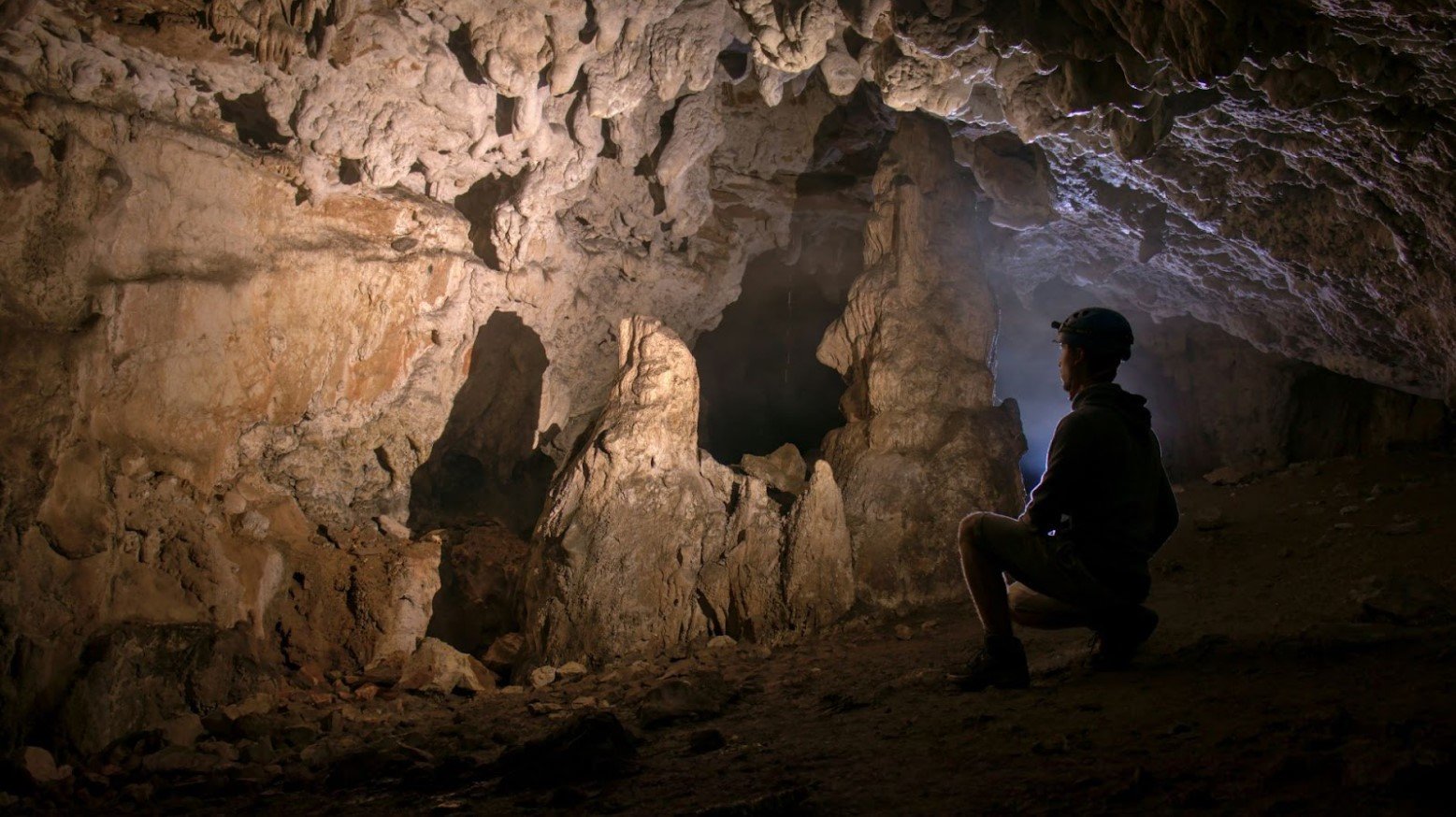
Source: Adrian Mag/Unsplash
Upon the cave’s discovery, researchers quickly realized that this area used to be completely isolated from the rest of the world.
The Movile Cave’s Isolation
Scientists believe that the Movile Cave has been completely cut off from the rest of life on Earth for at least 5.5 million years.
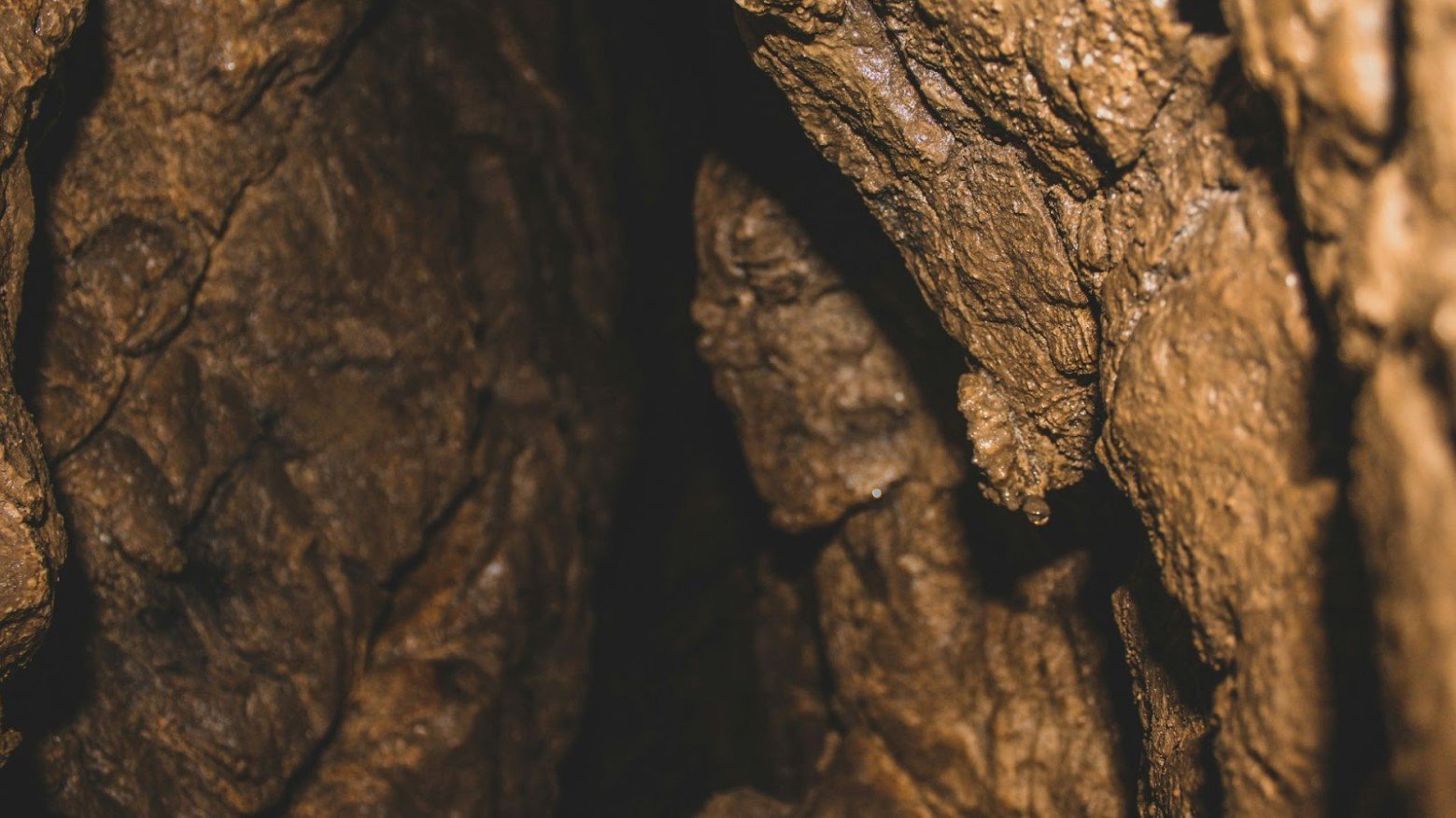
Source: Árpád Czapp/Unsplash
The cave became isolated when clay and limestone sealed off the outside during the late Miocene era. The clay and limestone were incredibly thick, so nothing penetrated into the cave for 5.5 million years.
The Cave’s Atmosphere
Because the cave has been secluded from the rest of the world for so long, the overall atmosphere is incredibly interesting — and very dangerous.

Source: iuliu illes/Unsplash
Scientists have found that the air in the cave is 100% humid, with the atmosphere also being very toxic. No sunlight filters through the cave, so it’s also completely dark.
The Discovery of Strange Species
Since 1986, scientists have been uncovering many mysteries attached to the Movile Cave. Perhaps most intriguing to biologists is the discovery of many strange species living in this isolated part of the world.
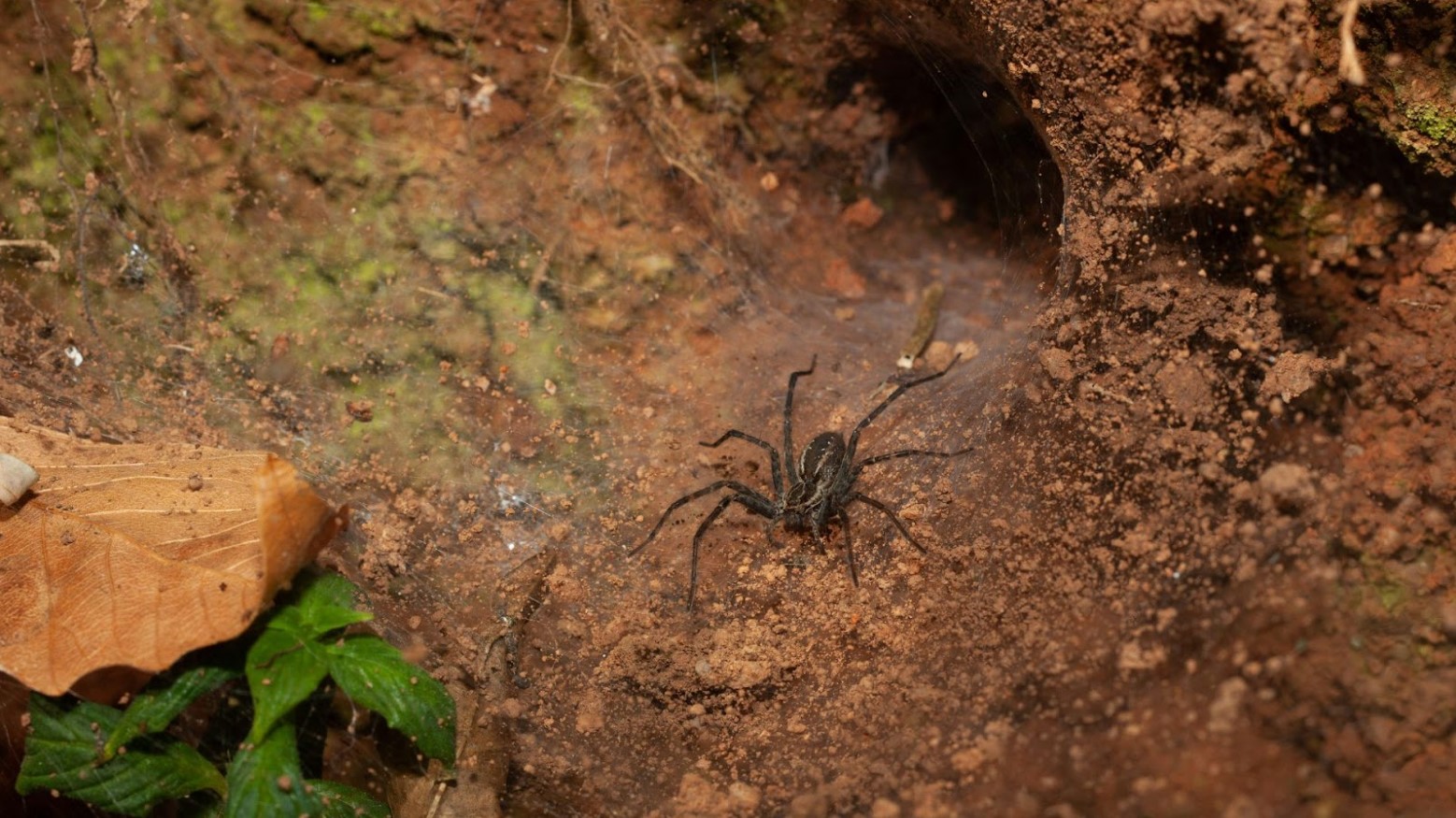
Source: PROJETO CAFÉ GATO-MOURISCO/Unsplash
Because these creatures have never seen the rest of life on the planet — and because they’ve never even seen sunlight — they are completely different than what biologists were expecting.
53 Interesting Species
Scientists have found 53 different invertebrate species living in the cave. Of these 53 species, 37 of them are completely unique. They aren’t found anywhere else on Earth.
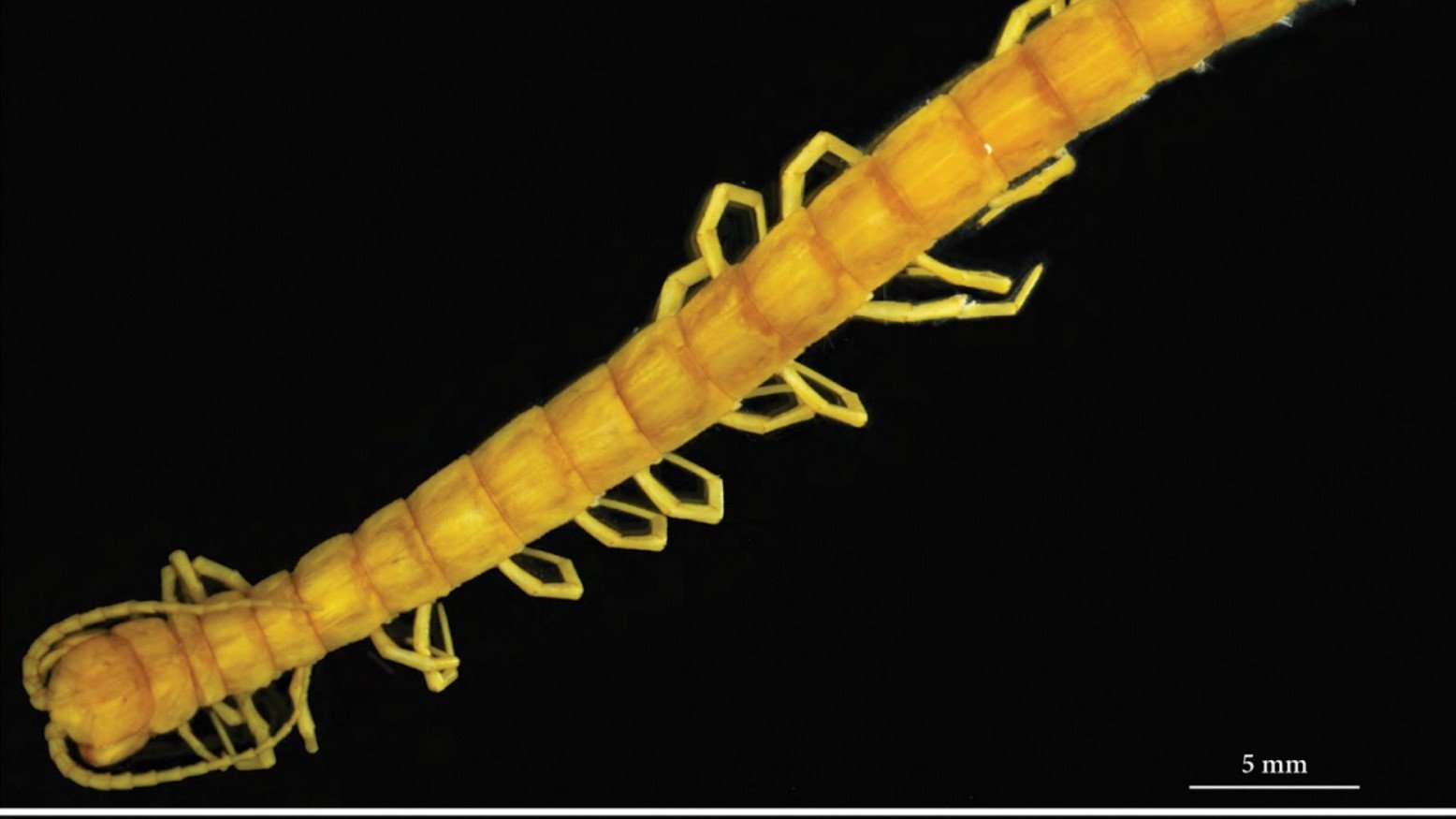
Source: Varpu Vahtera, Pavel Stoev, Nesrine Akkari/Wikimedia Commons
Of these many interesting species, biologists have identified leeches, centipedes, water scorpions and spiders.
Creatures With No Eyes
One of the most exciting aspects of some of these creatures is the fact that they do not have any eyes. Because of the incredibly dark living conditions of the Movile Cave, many of these species never evolved to have eyes.
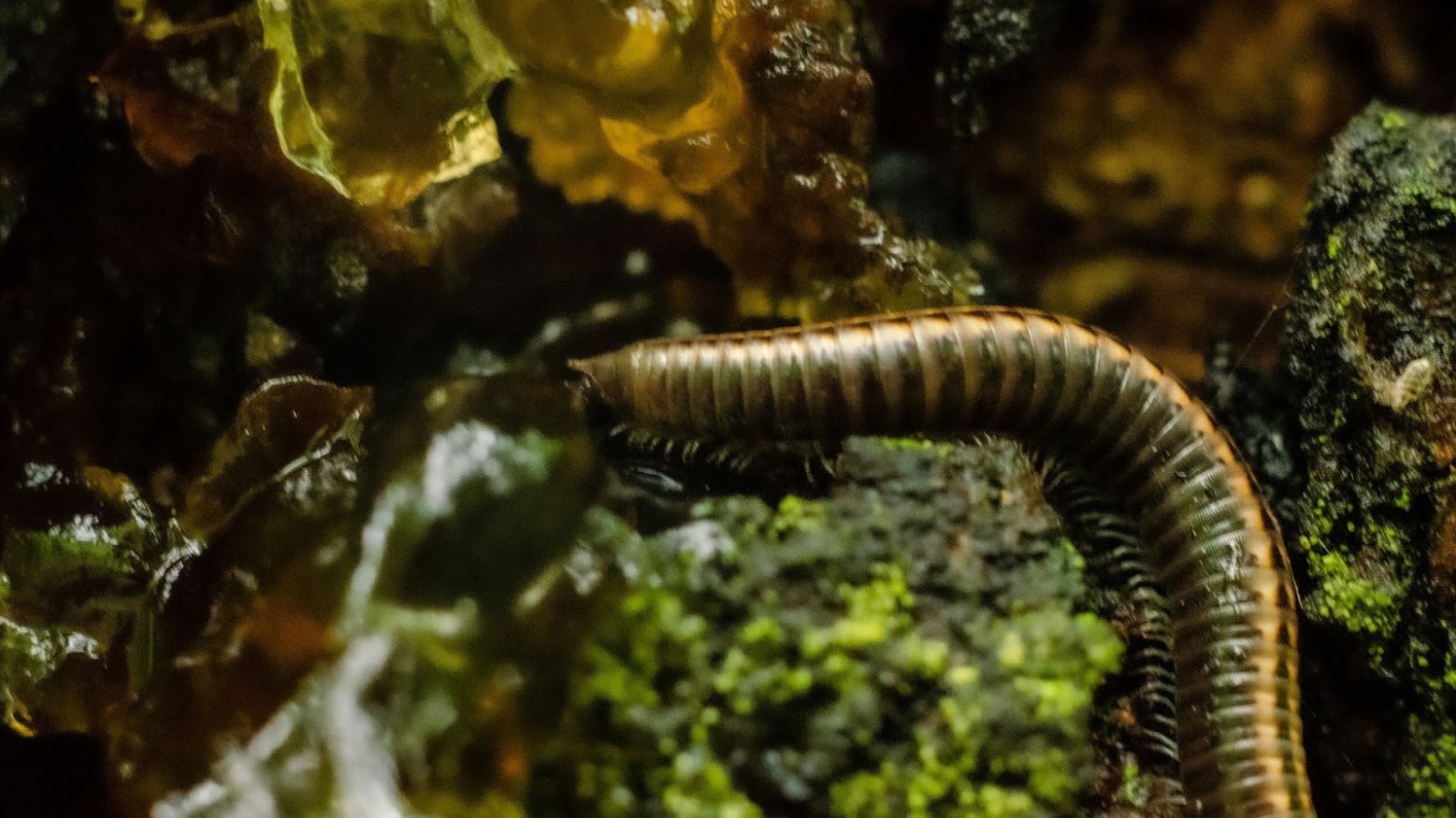
Source: Viktor Talashuk/Unsplash
As a result, they lack pigment. Biologists have explained that these species have been able to adapt and thrive in these hostile and unusual conditions.
No Photosynthesis
Another interesting difference in this cave that scientists have discovered revolves around photosynthesis — or, rather, the lack of it.
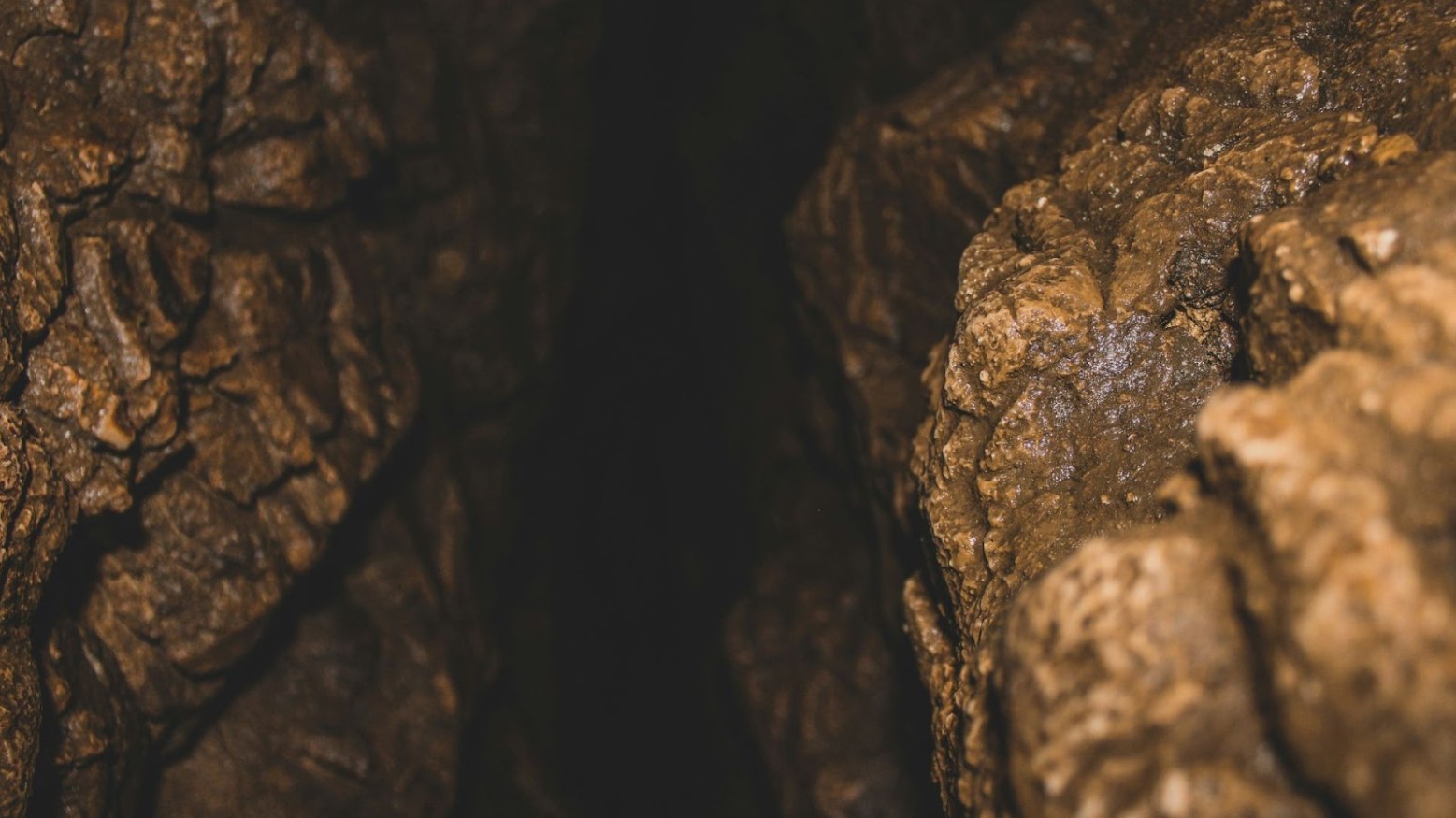
Source: Árpád Czapp/Unsplash
Normally, ecosystems rely on photosynthesis, as this process allows sunlight to be developed into energy. However, this cave has been completely devoid of sunlight for 5.5 million years.
Chemosynthesis
Therefore, instead of growing and thriving through photosynthesis, the ecosystem in the Movile Cave utilized chemosynthesis.
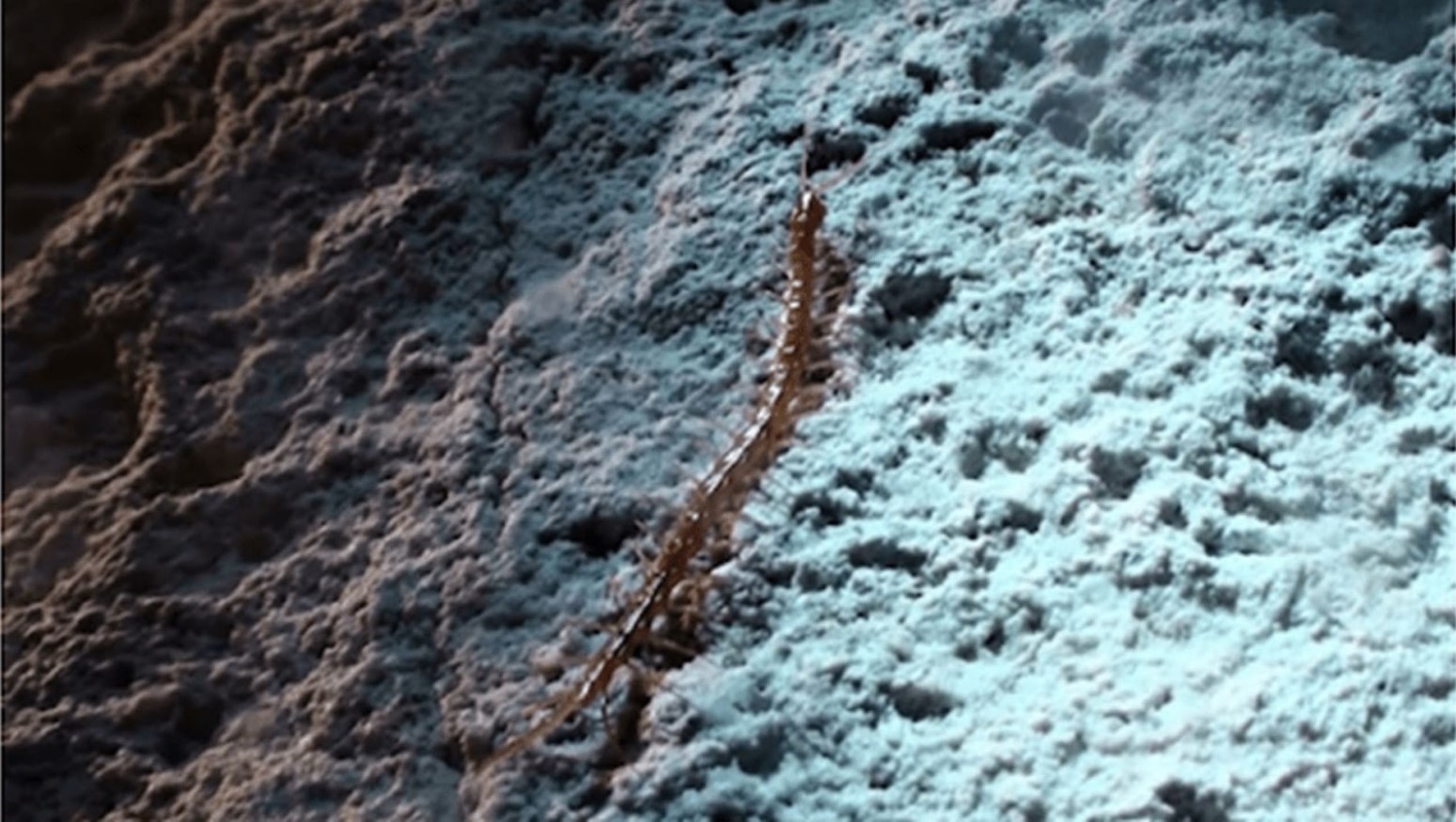
Source: Mihai Baciu for ZooKeys/Pensoft/Wikimedia Commons
This has led the bacteria to oxidize the methane and sulfur in the cave, which then results in the production of nutrients and microbial mats. These are, in turn, eaten by the creatures that exist both on the ground and in the water.
Many First Time Discoveries
The Movile Cave has led to many first-time discoveries for scientists. First, it was the discovery of many species that are not seen anywhere else on the planet.
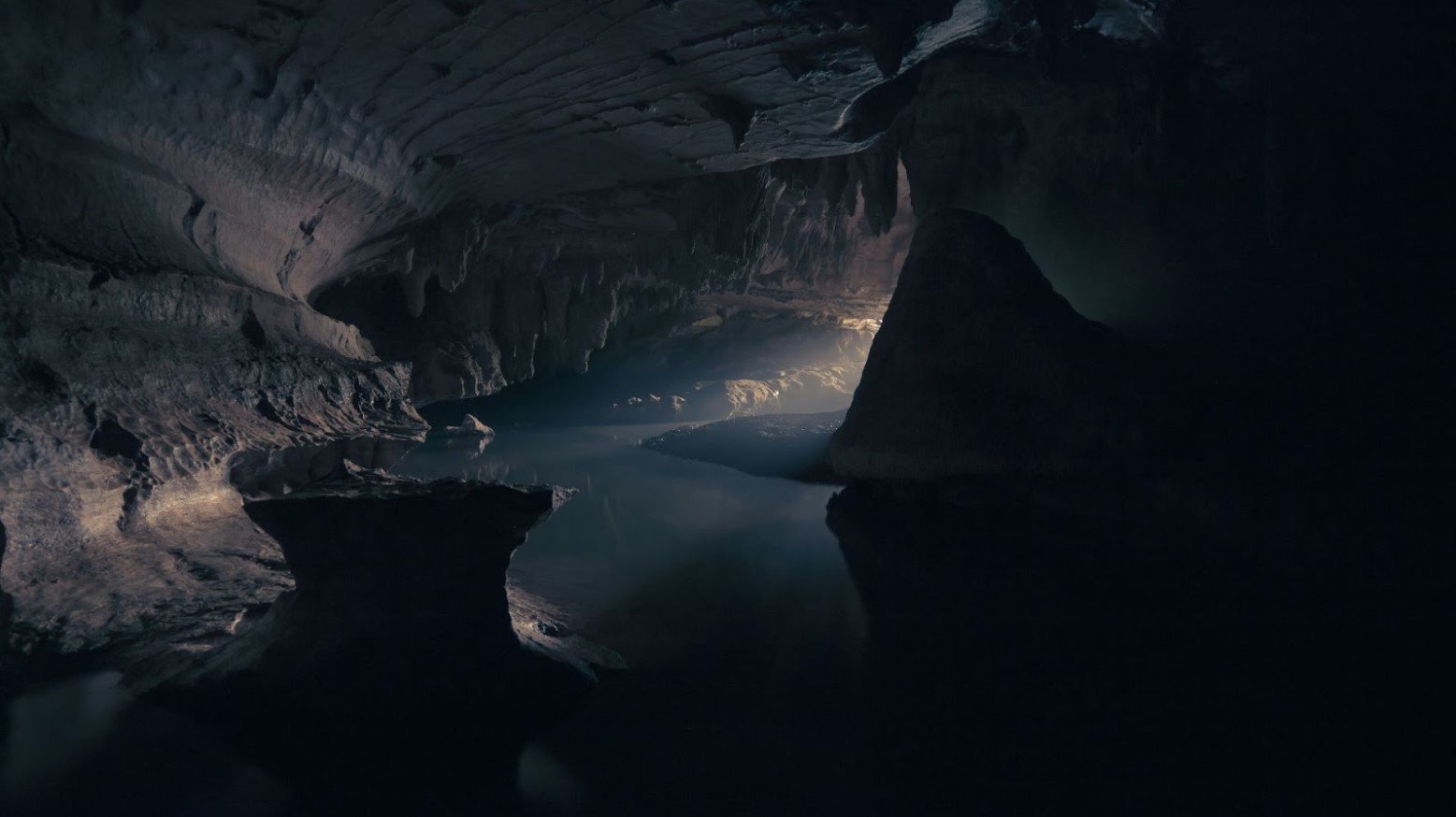
Source: Mikael Kristenson/Unsplash
The discovery of a land-based ecosystem that has a chemosynthetic food chain is also a first-time discovery. The Movile Cave is now the only known land-based ecosystem ever found that functions like this.
Similarities to Deep Sea Ecosystems
Normally, these types of ecosystems are found in the deepest depths of the sea. The researchers who first discovered the Movile Cave further explained this in their paper.
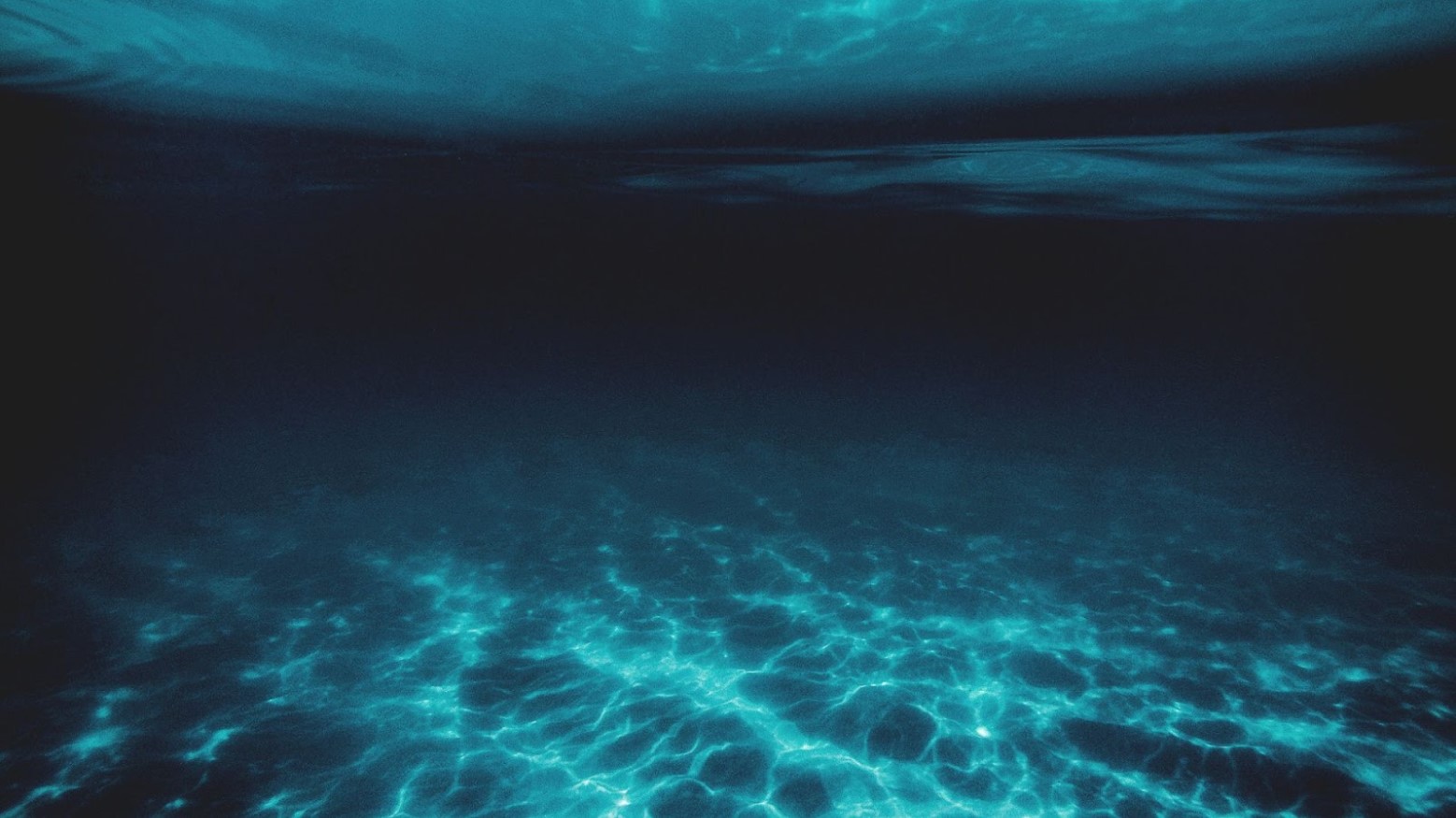
Source: Jonathan Borba/Unsplash
They stated, “The Movile Cave system is similar to deep sea vents in having a chemoautotrophic food base and a diverse biota. However, the cave system appears to lack the symbioses between chemo-autotrophic microbes and animals so characteristic of deep-sea vent communities.”
Getting Into the Cave
Feel like you want to go see the Movile Cave for yourself? Unfortunately, you cannot. Thanks to the very toxic atmosphere and overall dangerousness that this cave presents to regular people, the Movile Cave is blocked to public access.
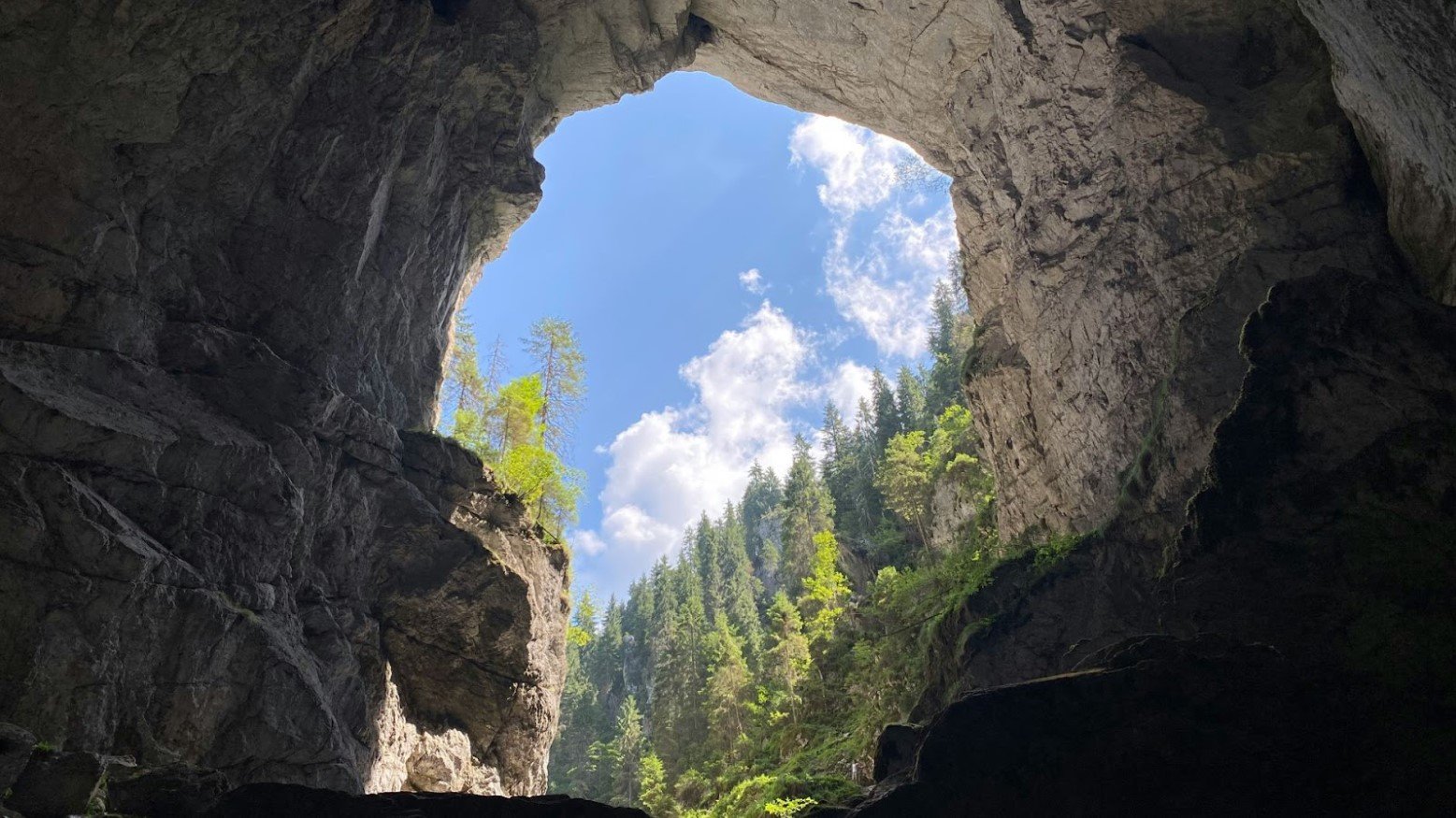
Source: Vanessa Linzenbold/Unsplash
Only those with special permission — such as certain scientists — can go into this cave. The cave’s entrance is also guarded to keep people from easily going in.
